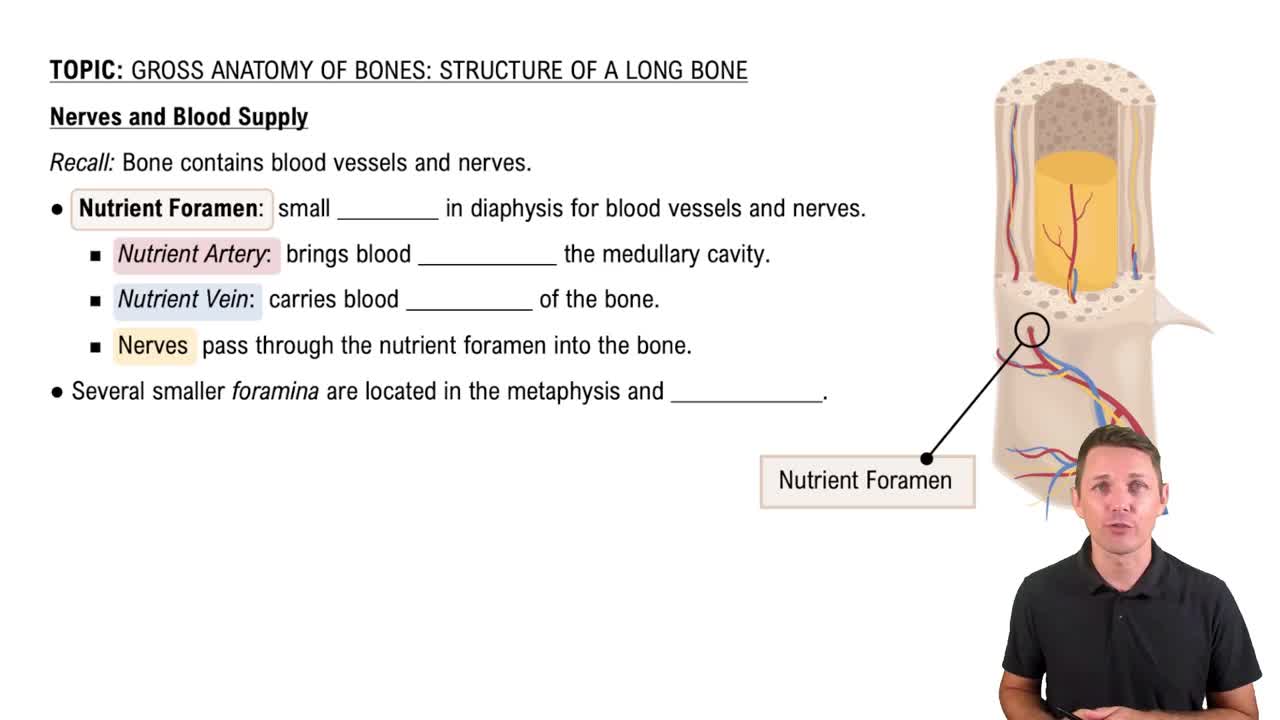Motor functions of the extensor muscles of the arm, forearm, and fingers would be affected by damage to which one of these nerves?
a. Radial
b. Axillary
c. Ulnar
d. Median
 Verified step by step guidance
Verified step by step guidance Verified video answer for a similar problem:
Verified video answer for a similar problem:



 3:33m
3:33mMaster Peripheral Nervous System with a bite sized video explanation from Bruce Bryan
Start learning